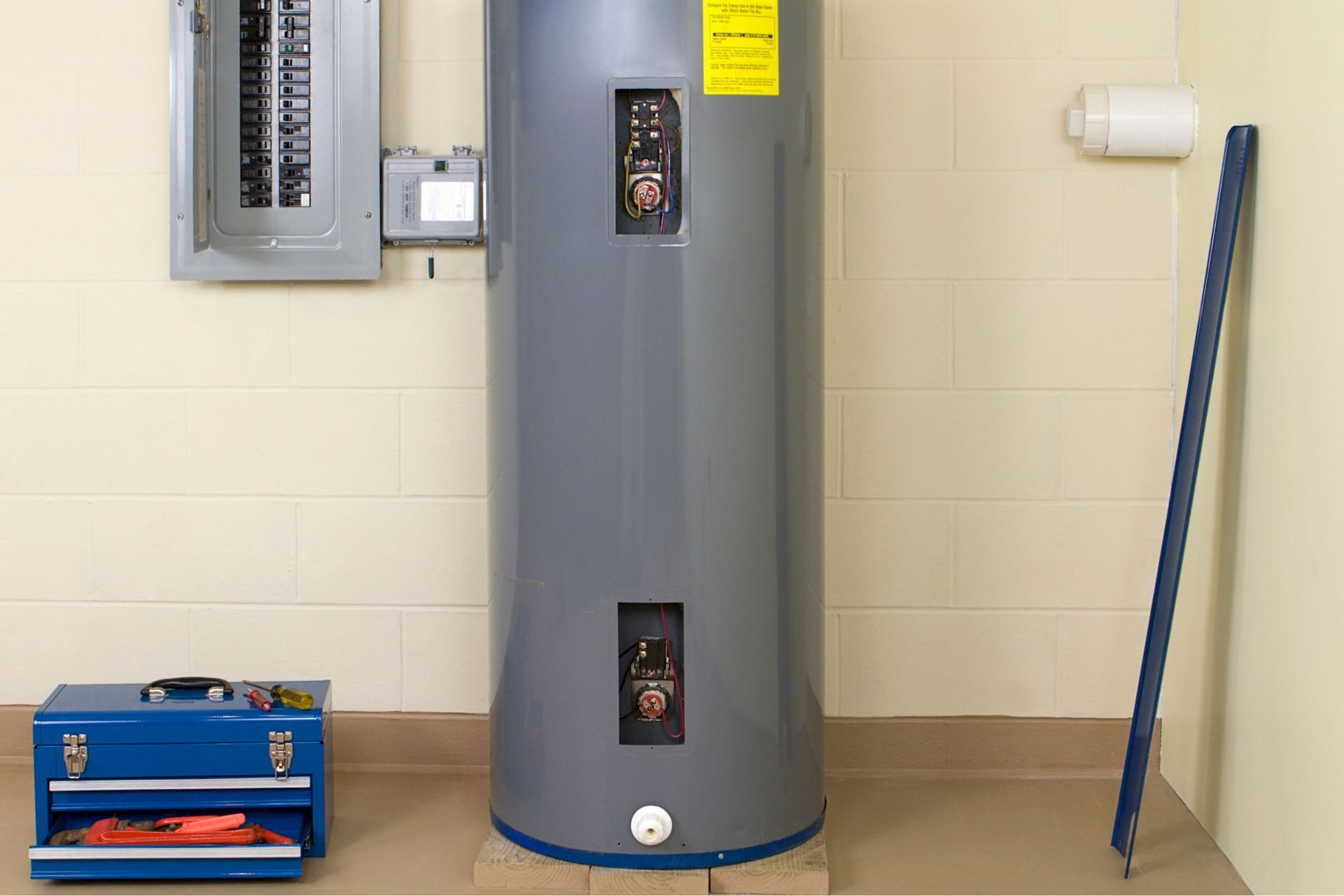Straightforward Methods to Care for Your Home's Hot Water System ProperlyWays to Maintain Your Home's Hot Water System Functioning Well
Straightforward Methods to Care for Your Home's Hot Water System ProperlyWays to Maintain Your Home's Hot Water System Functioning Well
Blog Article
The article directly below relating to Tips on Maintaining a Water Heater is exceptionally fascinating. You should take a look.

Warm water is crucial for daily comfort, whether it's for a revitalizing shower or washing meals. To ensure your warm water system runs successfully and lasts longer, regular maintenance is crucial. This article supplies practical ideas and insights on exactly how to keep your home's hot water system to stay clear of disruptions and expensive fixings.
Introduction
Keeping your home's hot water system may appear daunting, however with a few easy steps, you can ensure it runs efficiently for several years to come. This guide covers whatever from comprehending your warm water system to do it yourself upkeep tips and knowing when to call in specialist aid.
Relevance of Keeping Your Warm Water System
Regular maintenance not only extends the lifespan of your hot water system however also ensures it operates successfully. Neglecting maintenance can cause lowered efficiency, higher energy expenses, and also early failing of the system.
Indicators Your Warm Water System Demands Upkeep
Recognizing when your hot water system needs attention can avoid major issues. Look out for signs such as inconsistent water temperature level, weird noises from the heating system, or rustic water.
Flushing the Water Heater
Flushing your water heater removes debris build-up, boosting effectiveness and extending its life.
Checking and Replacing Anode Rods
Anode rods protect against deterioration inside the container. Checking and replacing them when worn out is essential.
Complex Concerns Calling For Expert Assistance
Examples consist of significant leakages, electrical troubles, or if your hot water heater is regularly underperforming.
Routine Specialist Upkeep Perks
Professional upkeep can include comprehensive examinations, tune-ups, and making sure compliance with safety criteria.
Checking and Adjusting Temperature Level Setups
Adjusting the temperature setups guarantees optimal efficiency and security.
DIY Tips for Upkeep
You can carry out several upkeep tasks on your own to keep your hot water system in leading condition.
Looking for Leaks
Regularly evaluate pipes and links for leakages, as these can lead to water damages and higher expenses.
Understanding Your Warm Water System
Prior to diving into maintenance jobs, it's practical to comprehend the basic parts of your hot water system. Commonly, this includes the hot water heater itself, pipes, anode poles, and temperature controls.
Month-to-month Maintenance Tasks
Normal regular monthly checks can aid catch small issues prior to they escalate.
Checking Pressure Relief Valves
Examining the pressure safety valve ensures it operates correctly and stops excessive pressure build-up.
Insulating Pipelines
Protecting hot water pipelines reduces warmth loss and can save power.
When to Call an Expert
While do it yourself upkeep is beneficial, some problems call for professional experience.
Final thought
Normal maintenance of your home's warm water system is important for performance, longevity, and expense financial savings. By adhering to these tips and understanding when to look for specialist help, you can make sure a trusted supply of warm water without unanticipated disruptions.
Water Heater Maintenance Tips
Test the TPR Valve
Shut off the power and the cold-water supply valve. Place a bucket under the pipe connected to the temperature-pressure-release (TPR) valve on the top or side of the tank. (This valve opens if the tank pressure gets too high.) Lift the valve’s tab to let some water out, then let go. If water keeps flowing, drain the tank partway, unscrew the old valve with a pipe wrench, and install a new one. Check the Anode Rod
Put a hose to the tank’s drain cock and let out a few gallons of water. Now fit a 1 1/16-inch socket onto the rod’s hex head on top of the heater (or under its top plate) and unscrew the rod. If it’s less than ½ inch thick or coated with calcium, buy a new one, wrap its threads with Teflon tape, put it back in the tank, and tighten securely. Use this segmented rod if headroom above the tank is limited. Drain the Tank and Wash Out Sediment
Drain the remaining water in the tank into the bucket, then stir up the sediment on the tank’s bottom by briefly opening the cold-water supply valve. Drain and repeat until clean water comes out of the hose. Close the drain cock, refill the tank, and turn its power back on. Adjust the Temperature
Find the temperature dial on the side of the tank and unscrew its cover. Adjust the dial to 120 degrees using a flathead screwdriver. For every 10 degrees the temperature is lowered, you can expect to save up to 5 percent in energy costs. Turn the water heater off or the thermostat down to its lowest setting if you plan to be away from home for more than three days. Insulate the Pipes
Buy some self-sticking 3/8-inch-thick foam pipe insulation that matches the pipes’ diameter. Slide the foam over the hot-and cold-water pipes as far as you can reach. Insulating the cold-water pipe prevents condensation in summer. Peel the tape and squeeze the insulation closed. If the pipe is 6 inches or less from the flue, cover it with 1-inch-thick unfaced fiberglass pipe wrap. https://www.thisoldhouse.com/plumbing/21016402/how-to-maintain-a-water-heater

Hopefully you enjoyed our section on How to Maintain Your Water Heater & Prolong its Life. Thanks a ton for taking a few minutes to browse our piece of content. For those who enjoyed our page plz do not forget to share it. I love reading our article about How to Maintain Your Water Heater & Prolong its Life.
Call Us Now Report this page